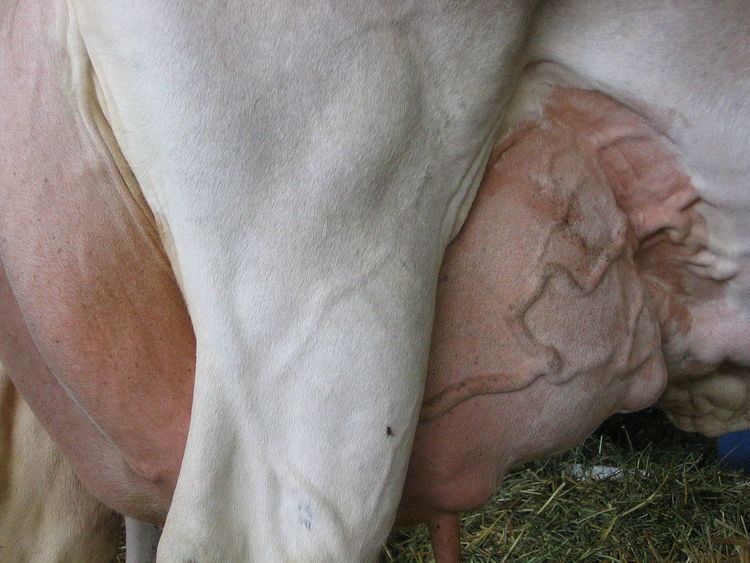Latin vena superficialis FMA 76719 | TA A12.0.00.036 | |
 | ||
Superficial vein is a vein that is close to the surface of the body. This differs from deep veins that are far from the surface.
Contents
Superficial veins are not paired with an artery, unlike the deep veins, which typically have an artery with the same name close by.
Superficial veins are important physiologically for cooling of the body. When the body is too hot the body shunts blood from the deep veins to the superficial veins, to facilitate heat transfer to the surroundings. Superficial veins can be seen under the skin. Those below the level of the heart tend to bulge out. This can be readily witnessed in the hand: raised above the heart and the blood should drain; lowered below the heart and it will fill. Veins become more visually prominent when lifting heavy weight, especially after a period of proper strength training.
Physiologically, the superficial veins are not as important as the deep veins (as they carry less blood) and are sometimes removed in a procedure called vein stripping, which is used to treat varicose veins.
